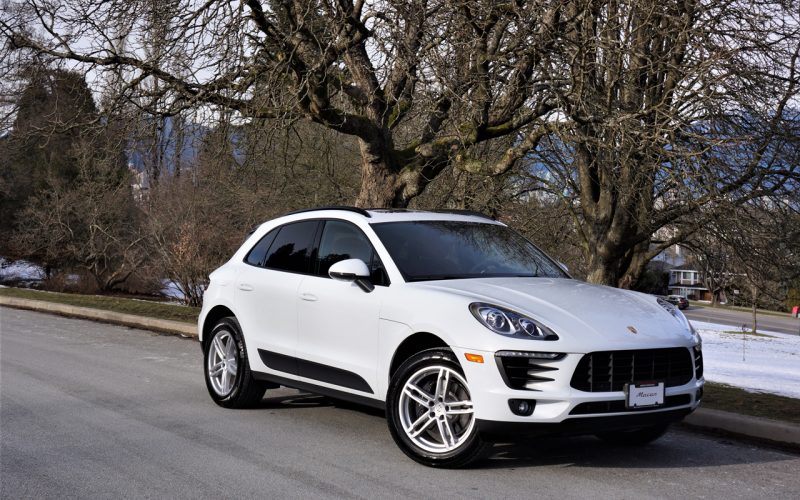
Reading Time: 11 minutesWhat would you do? Despite having long since closed off my 2018 model year reviews thanks
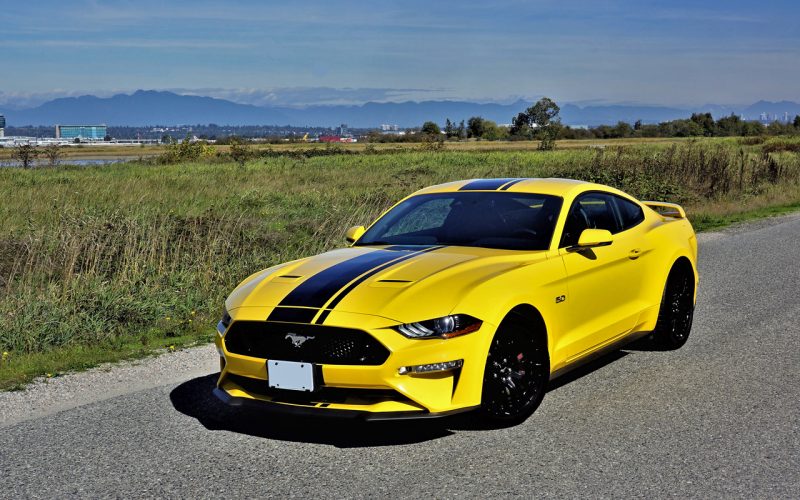
Reading Time: 12 minutesYou’re looking at the only car in Ford’s lineup not scheduled for cancellation within the next
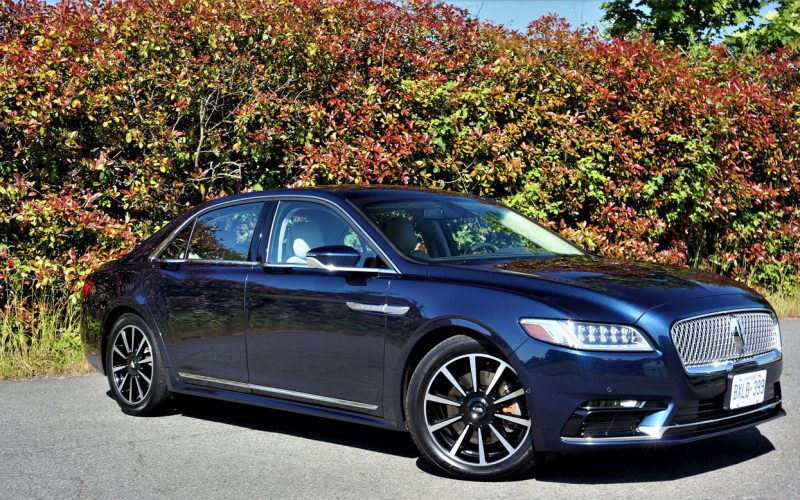
Reading Time: 12 minutesLast year Lincoln Motor Company did something it’s never been able to do before, impress me.
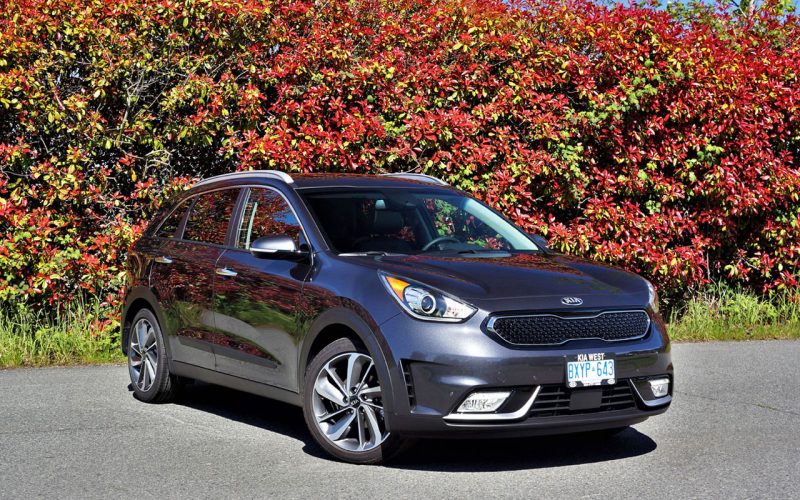
Reading Time: 11 minutesKia is no stranger to electrified vehicles. It currently offers the Optima Hybrid in both regular
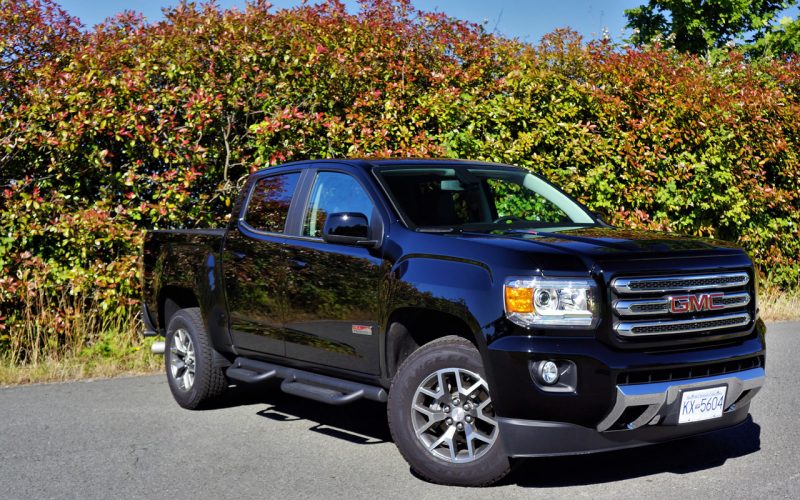
Reading Time: 12 minutesThanks to General Motors, the mid-size pickup truck market is once again starting to heat up.
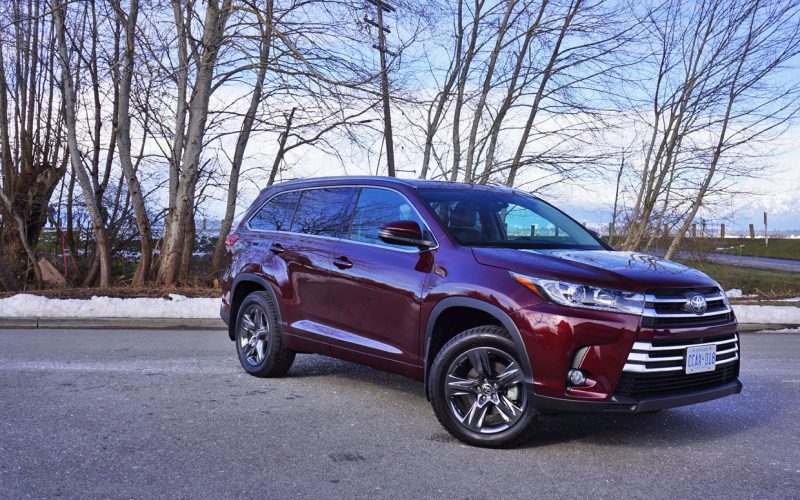
Reading Time: 14 minutesDo you remember that zany TV ad that saw a family pulling up to a national
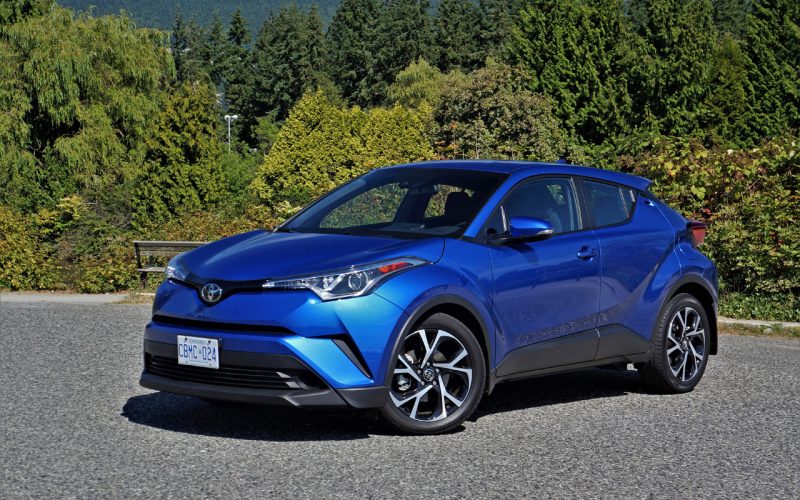
Reading Time: 14 minutesEver feel like you’re in a fishbowl? Drive a new Toyota C-HR in Radiant Green Mica
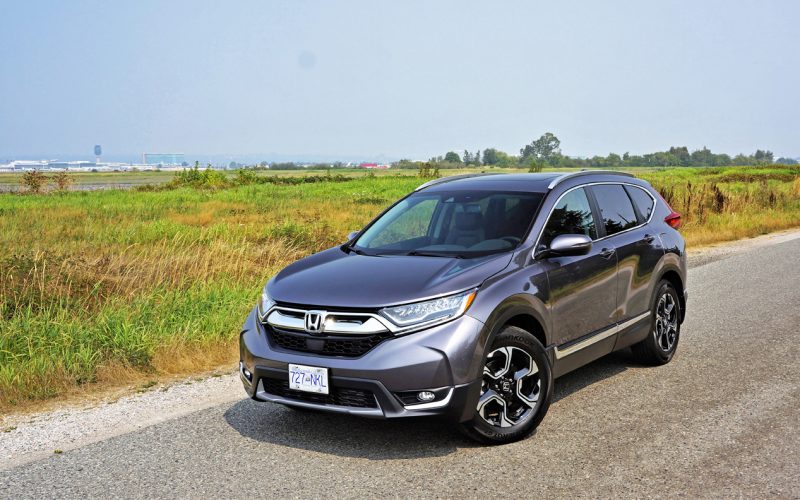
Reading Time: 9 minutesThe CR-V is the best SUV in its compact class. Yes, I know I’m going out
© 2025 The Car Magazine. All Rights Reserved, Privacy Policy | Terms of Use